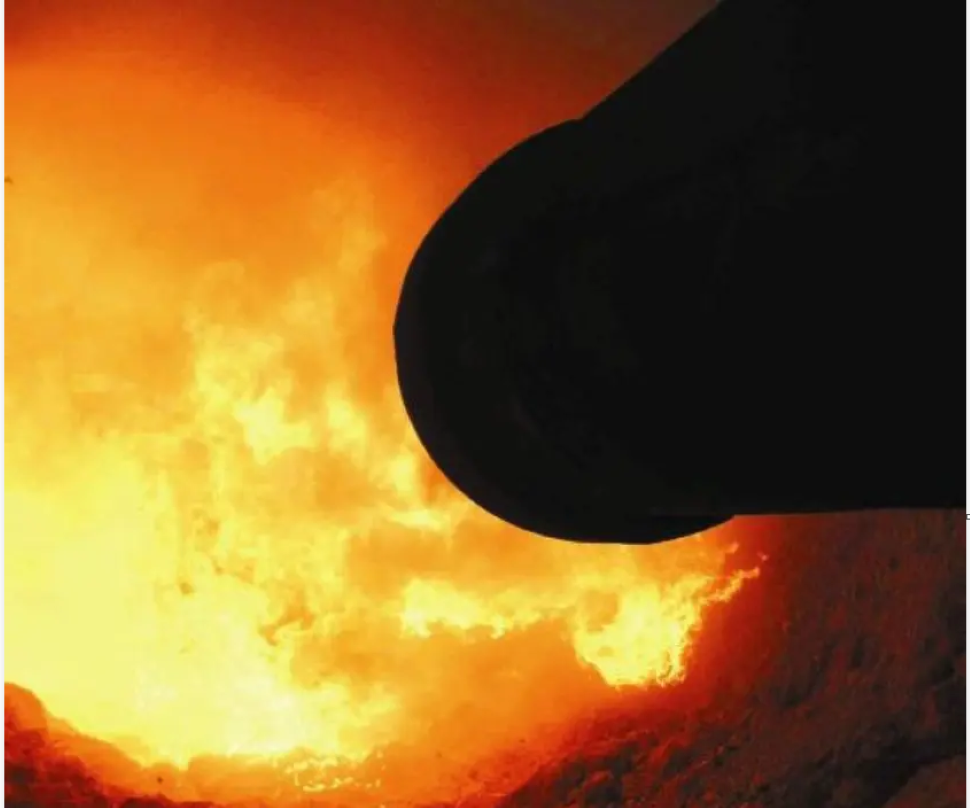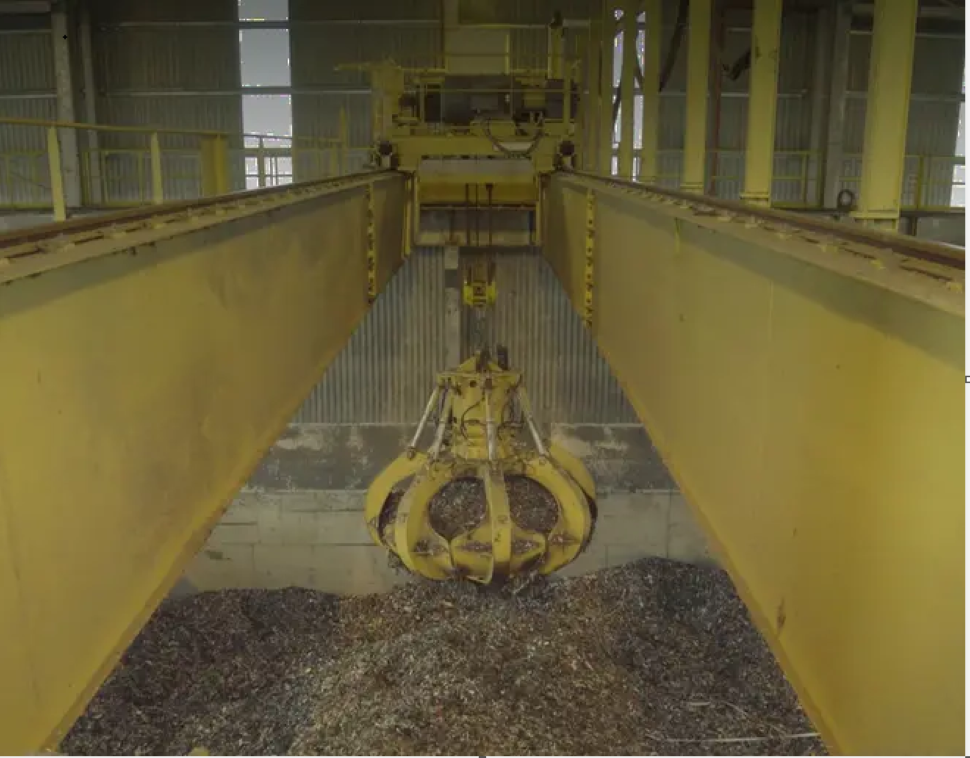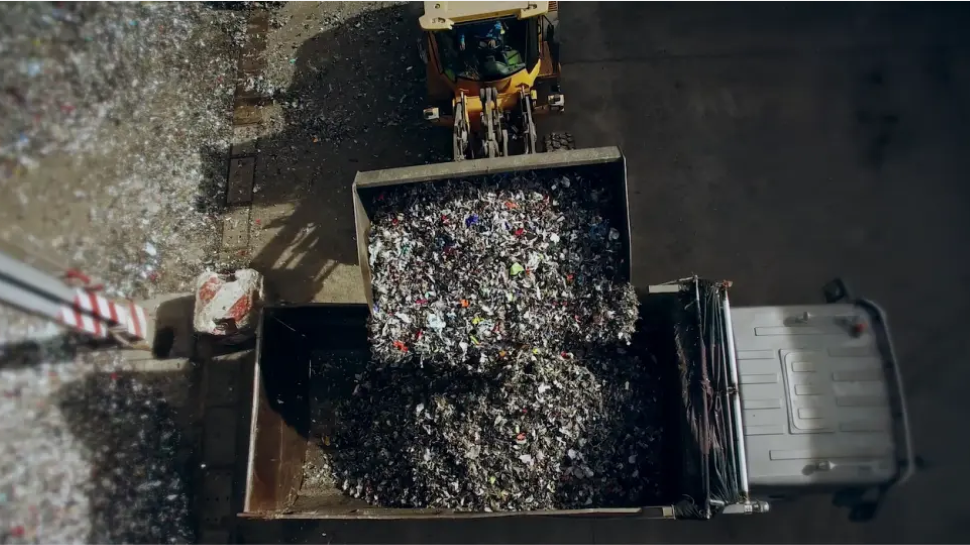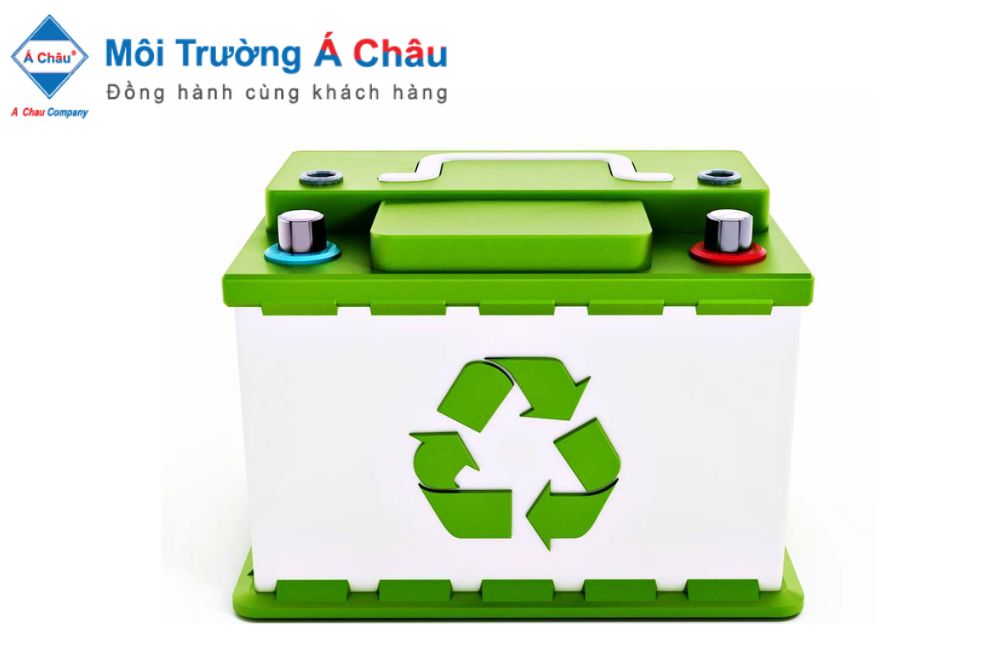CO-PROCESSING: CLEARLY COMPREHEND TECHNIQUE
Sustainable waste management can be complicated. To successfully dispose of garbage that does not affect the environment, we must guarantee that our operations limit greenhouse gas emissions (GHG), effectively eliminate hazardous waste, and that waste is entirely burnt. All of these objectives need time and effort. That is the main reason why Co-processing is an excellent approach for dealing with non-recyclable waste. This zero-waste technique utilizes every component of non-recyclable waste while monitoring emissions and chemical yields to ensure waste is removed without negatively impacting the environment.
The co-processing system can be complex to grasp, which is similar to incineration.
However, there are several essential distinctions. Below is an in-depth look into Co-processing, its safety criteria, and why we chose this technology to avoid "Orphan Plastic waste."
What is the difference between Co-processing and Incineration?
How eco-friendly is Co-processing?
Why must we use a cement kiln for Co-processing?
Co-processing with Orphan Plastic Waste?
What is Co-processing?
Co-processing is a waste management system in which waste materials are converted into alternative fuels or raw materials.
In our case, Co-processing refers to using a cement kiln to cleanly incinerate plastic waste as an alternative energy source while utilizing the remaining ash to form cement. This creates a zero-waste management system, allowing us to destroy Non-recyclable Plastic Waste.
We may dispose of low-quality plastics that cannot be easily recycled or repurposed – plastics that frequently surround our rivers and seas — through co-processing. It is more ecologically friendly than traditional management methods like landfills or incineration.
What is the difference between Co-processing and Incineration?
It is easy to confuse Co-processing with Incineration. After all, both methods use high heat to burn waste.
The Co-processing method is better?
Although they have certain commonalities, their management objectives are distinct. Co-processing converts trash into energy and valuable raw resources. Incineration reduces garbage to ash, lowering its volume to a more manageable level. Co-processing makes use of the combustion process by using the energy obtained during the combustion phase as well as the leftover ash.
Additionally, Co-processing is cleaner than burning. Studies show that Co-processing is more environmentally beneficial than incineration when it comes to global warming potential, ecological footprint, human toxicity potential, and acidification potential.
How eco-friendly is Co-processing?
When it comes to trash management, the European Union's waste Framework devised a waste hierarchy. It rates waste management solutions from good to terrible. Direct Co-processing is in the middle, below reuse and recycling but above incineration and disposal.
As a result, it is the ideal option for non-recyclable debris, such as orphan plastics, which would otherwise wind up in landfills or on coastal shorelines.
Co-processing reduces GHG emissions by using alternative energy sources, and it eliminates trash rather than just lowering it, protecting our world. Plastic pollution has been eliminated. Furthermore, the consistent flow of alkali neutralizes acidic gasses, guaranteeing that no chemical contamination occurs.
While Co-processing is the most eco-friendly technique to reduce orphan plastic trash, it is not a long-term answer. We must aim to minimize the manufacturing and usage of these in the long term. The key to successful, sustainable production and waste management is waste prevention. Individuals may help by eliminating excessive packaging and utilizing reusable bags, while corporations can help by limiting single-use plastics. This is the only effective technique to address the issue of plastic pollution.
To sum up, Co-processing gives us a way to cleanly dispose of the orphan plastic we currently have while also converting that plastic into an alternative fuel source, eliminating non-recyclable waste and reducing GHG.
Why must we use a cement kiln for Co-processing?
We transfer collected plastic waste to cement kilns for Co-processing, but others do as well. In reality, nations in the EU have been using co-processing in cement plants for many years — 40% of the thermal energy utilized in the clinker production process in EU cement facilities comes from waste.
But what makes cement kilns the best choice for Co-processing orphan plastic waste?
Waste is burned at extremely high temperatures (1250º C - 1450º C), allowing the waste to burn quickly (about 4 - 5 seconds)
Thermal stability allows the destruction of waste.
This process is rich in oxygen, which aids in the complete combustion of waste.
No ash left (any remaining waste will be used in the finished cement)
A steady flow of alkali will neutralize potentially acidic gases, minimizing the risk of air pollution.
This process is accepted and recommended by the Basel Convention and the Montreal Protocol.
Each enterprise must employ suitable technology, methods, and techniques to enable controlled and safe co-processing in cement kilns. This involves using emissions monitoring technology to guarantee that dangerous chemicals are not released into the atmosphere, as well as updating laboratories and using alternative fuels and raw materials in maintaining processes.
Any cement factory and co-processing system must be Third-Party certified to guarantee that their activities are legal and that the co-processing system utilized is safe and environmentally beneficial.
Co-processing with orphan plastic waste?
Co-processing was chosen as our waste management solution because it allows us to address a rising issue: orphan plastics. To date, we have eliminated 75 tons of orphan plastic garbage in Vietnam through co-processing and are fast approaching 100 tons.
Co-processing orphan plastic trash is a revolution for everyone. Because we gather and eliminate non-recyclable plastic trash while lowering traditional fuel usage, the environment wins. Cement plants thrive because burning plastic trash is a more cost-effective alternative to burning coal or another traditional energy source. Your company beats because you're reducing your Plastic Footprint and implementing environmentally friendly business practices that your consumers will appreciate.
We ensure that our Co-processing Partners adhere to the highest operating requirements. A Third Party audits all of our processes, validating everything from collection abilities to co-processing systems. You may be confident in our method since a third party knows it.
Vietnam is the third highest exporter of cement globally, which means there are many cement factories. Some already use Co-processing technology, so we don't need to build a new facility that is costly to both the environment and our budget. All we have to do is make use of existing facilities. That's another victory.
In addition to co-processing plastic trash, we urge our corporate partners to adopt further sustainable business decisions to minimize orphan plastic waste. The most beneficial waste management approaches, according to the waste management hierarchy, are prevention and minimization. You can help to decrease trash by minimizing your use of orphan plastics (by reducing plastic packaging, moving to reusable bags instead of single-use, and limiting the use of plastic in your manufacturing methods). Plastic waste, particularly coastal plastic, puts us closer to eradicating orphan plastic waste.
Co-processing is the best waste management option when it comes to non-recyclable waste, like orphan plastics. You can join our movement to eliminate orphan plastic waste and help create a cleaner world for everyone.
I'd like to ask for more explanation for this article: What is orphan plastic?
Single-use plastic is lightweight and has little value if collected and recycled. Therefore, it contains virtually no market value, making it an "orphan plastic" that is more likely to become ocean plastic that pollutes our environment.
Next series: Does MTAC provide heat-generating solid waste to replace fuel in cement kilns?
Source: Tontoton


















